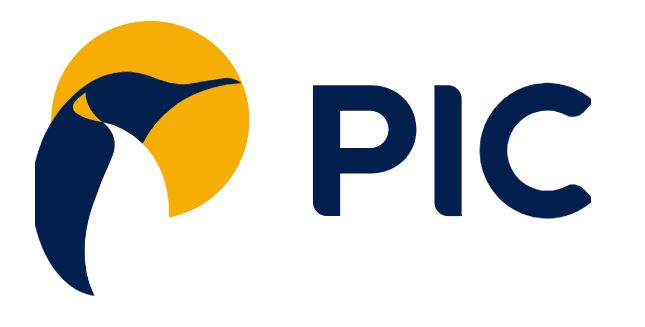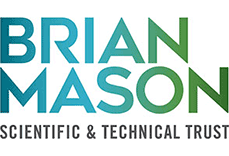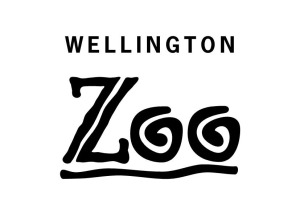
Our late great Chair, Scientist and guide, Kerry-Jayne Wilson MNZM, loved the biennial Oamaru Penguin Symposium and encouraged any of our Trust team to attend if they could.
Over the years, the symposium has moved from a little or blue penguin, kororā focus, to other Aotearoa New Zealand penguins, other penguins in far off lands and other threatened seabirds.
In May, the 13th symposium was again arranged and presented by Dr Philippa Agnew, Research and Environmental Scientist at the Oamaru Penguin Colony. It was the first symposium since Kerry-Jayne died in March last year and, with the support of Philippa and Dr Thomas Mattern, we were able to acknowledge the tremendous contribution that Kerry-Jayne made to penguin and seabird science and scientists in New Zealand and Australia.
To open the symposium, Dr Mattern gave a tribute to Kerry-Jayne and shared a wonderful story of chasing tawaki in Harrison Cove, Doubtful Sound a few years before she died. It’s a lovely story and you can enjoy it on this short recording from the symposium on our Vimeo page – or play from the image below.
Before she died, Kerry-Jayne published a book that had been in her mind for many years, New Zealand Seabirds – A Natural History. Her Trustees found one remaining copy at Kerry-Jayne’s home after she died and thought it would be fitting to present it at the symposium. We agreed that it would go to a young and emerging penguin scientist whose presentation at the symposium stood out.
Blake Hornblow was chosen from some outstanding young scientists for his work and presentation entitled Foraging ecology of Tawaki (Fiordland penguin) in Doubtful Sound and a summary of his excellent paper is copied below. Congratulations to Blake and to all the young scientists and all the presenters at a superb symposium.

Blake Hornblow’s paper from the Oamaru Penguin Symposium is summarised below, and all abstracts can be found here: 13th Oamaru Penguin Symposium programme
Foraging ecology of Tawaki (Fiordland Penguin) in Doubtful Sound
Blake Hornblow1 Thomas Mattern2,3, Ursula Ellenberg1,3, Jeff White4 and Steve Wing1
1 Department of Marine Science, University of Otago, Dunedin, New Zealand
2 Department of Zoology, University of Otago, Dunedin, New Zealand
3 Global Penguin Society, Chubut, Argentina
4 McCracken Lab, Department of Biology, University of Miami, USA
Tawaki or the Fiordland penguin only breeds along the South Westland coast, Fiordland and the Foveaux Strait region. This is one of the smallest breeding ranges of any penguin species making tawaki particularly susceptible to regional threats. Tawaki are thought to be in decline and are classed as ‘near threatened’ by the IUCN Redlist. However, the key causes of this decline remain mostly unknown as the current knowledge of tawaki foraging behaviour is limited. We are expanding the knowledge of fiord breeding tawaki diets as they have access to different resource pools compared to coastal foraging birds. We investigated the potential of fiord prey resources acting as a ‘buffer’ against climate perturbations that affect tawaki foraging on the continental shelf & coastal Fiordland. GPS tracking, animal borne-video loggers and stable isotope analyses were used to understand the movements and diet of tawaki from birds breeding on three islands within Doubtful Sound. We found very little overlap in the home range of tawaki breeding in the fiord compared with coastally breeding birds. We will report on the foraging plasticity across the three islands colonies ranging 40km from the entrance to the head of the fiord.





















